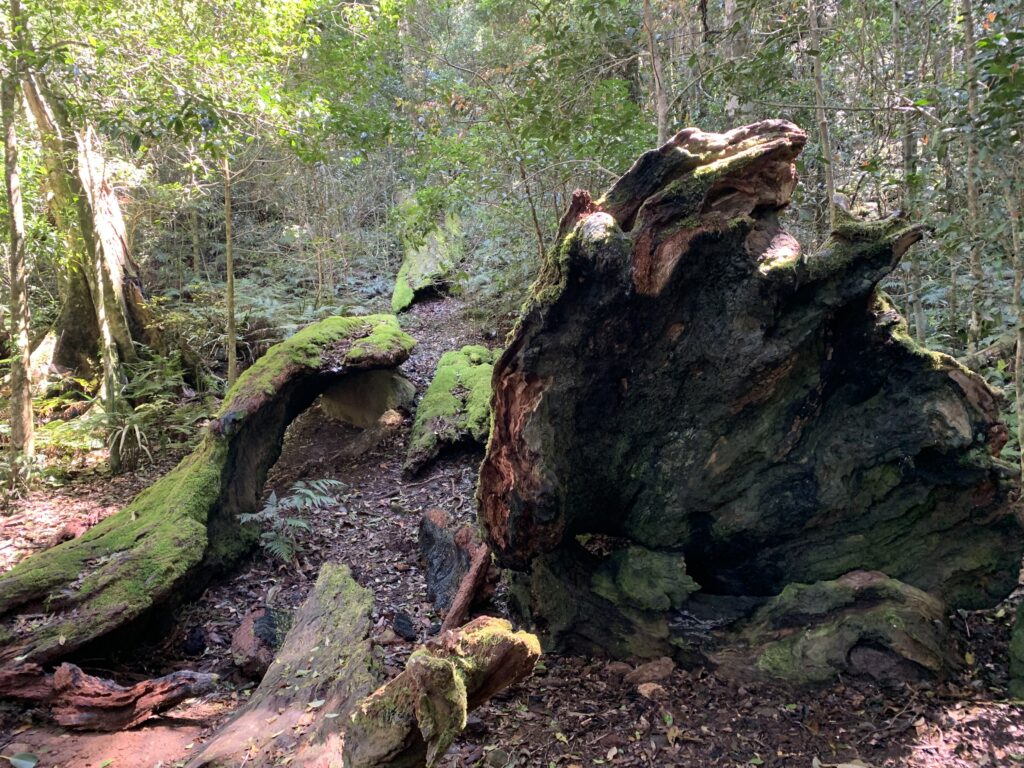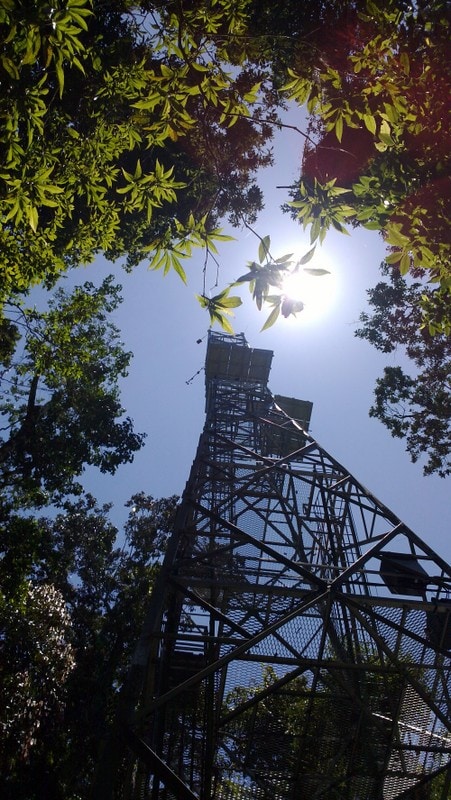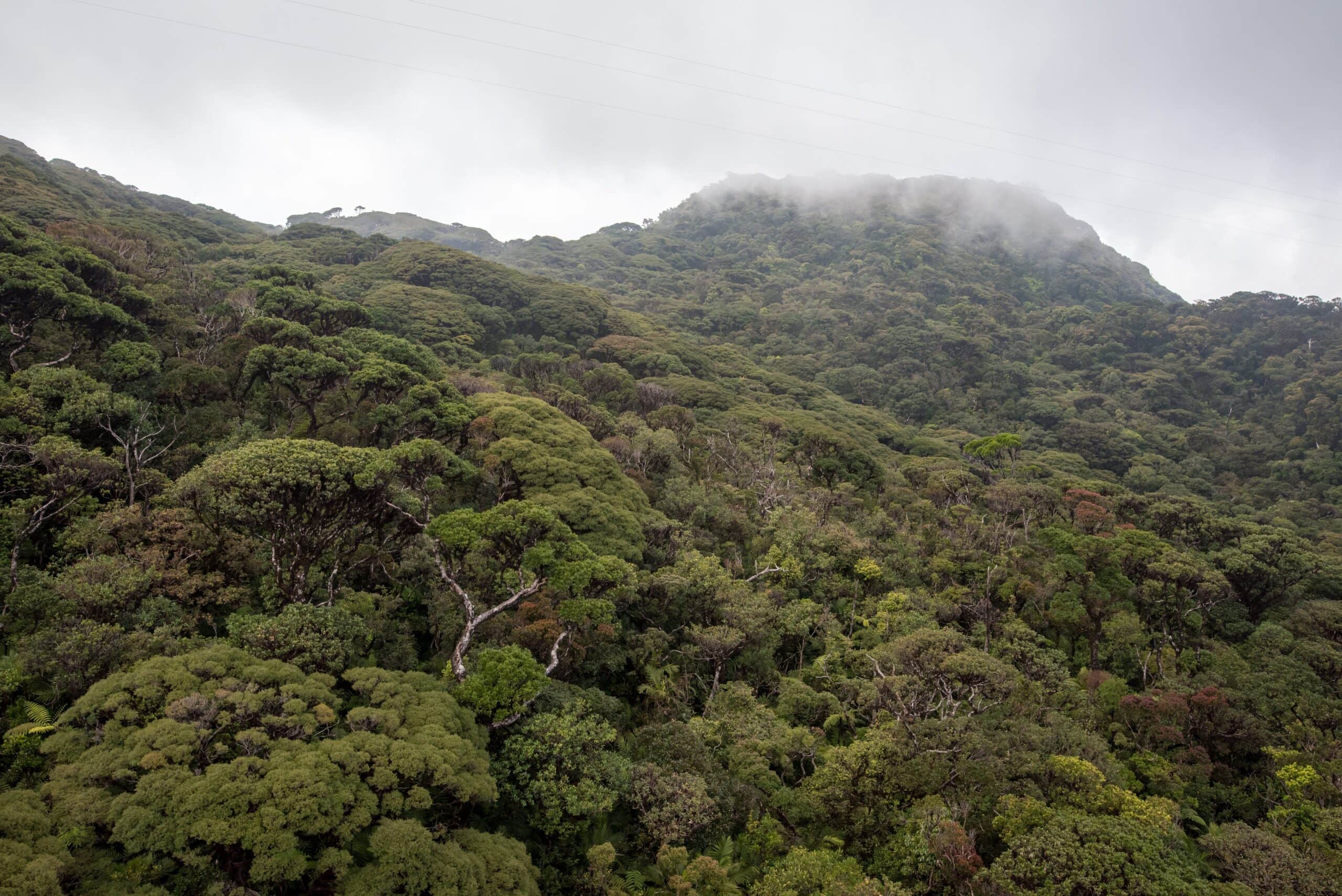New findings published in Nature reveal that the aboveground biomass in Australia’s tropical forests now releases more carbon than it absorbs. This research would not have been possible without multi-decadal datasets, highlighting the importance of long-term environmental monitoring.
Tropical forests have long played an important role in mitigating greenhouse gas emissions by acting as vital carbon sinks. Although CO2 levels are rising, it was hoped more CO2 would at least stimulate plant growth in tropical forests. If this happened, they might sequester even more carbon. Yet, real world observations are telling another story.
Increasing evidence suggests intact tropical forests are fast approaching carbon saturation, which means their capacity to absorb more carbon than they release is diminishing and may soon be reversed altogether. Now, new research published in the journal Nature reveals that Australian tropical forests may have already reached this tipping point. In fact, the primary carbon store in these forests – the aboveground biomass – switched from being a carbon sink to a carbon source around 25 years ago.
A forest acts as a carbon sink by absorbing more carbon from the atmosphere than it releases and, importantly, it keeps that carbon stably locked up for a long time. Trees perform most of this work by converting carbon into aboveground biomass (AGB) in the form of trunks, branches, stems and leaves. Monitoring the long-term growth of aboveground biomass provides insight into the health of a forest, including how well it’s functioning as a carbon sink.
With this in mind, researchers from Western Sydney University, Australian National University, the University of Adelaide, CSIRO, and research organisations in the US and Europe analysed long term forest inventory data of roughly 11,000 trees at 20 sites in old-growth tropical rainforests in north-east Queensland over a 49-year period. They discovered a worrying long-term trend.
“The carbon sink capacity of the aboveground biomass has gradually declined and has now reached a point where it is releasing more carbon that it absorbs, on average, per annum,” explains Lead author Dr Hannah Carle of Western Sydney University.
She and her colleagues showed this is largely a response to intensifying climate change. Due to a rise in extreme temperatures and dryer conditions, these forests are converting significantly less carbon into stems and branches. Meanwhile, the trees are dying much faster than they used to.

“The biggest take-away is trees need the right conditions to be working in our favour,” says Hannah, explaining that we cannot rely on tropical forests to act as carbon sinks indefinitely, especially in the face of increasing climate anomalies.
The team also found that tree deaths and suppressed tree growth due to cyclones had a severe impact on the forests’ ability to absorb carbon.
This research – and its important findings – would not have been possible without the availability of high-quality environmental data collected over many years, she says. Indeed, the QPRP-CSIRO data used in this study came from regular surveys of 20 tropical forest plots over nearly five decades between 1971 and 2019. This amounts to 819 plot years of observations to 2019, but there have been additional censuses since.
Going forward, Hannah says long term data collected by TERN’s Eddy Covariance Flux Towers could be particularly useful for answering the next critical question: Does the decline in carbon sink capacity observed in aboveground biomass extend to the tropical forests as a whole, soil and all?
TERN currently operates Flux towers at some 30 locations across Australia, including three tropical sites where they’ve been collecting data for the past 15 years. By collecting measurements on gas exchange between soil, vegetation and the atmosphere, these towers provide valuable information about how carbon moves through an ecosystem over time.
“Long term environmental monitoring is crucial,” says Hannah. “It’s really our best shot at detecting the effects of climate change on ecosystems, and governments at all levels should move quickly to support this kind of work.”

In the meantime, she and her colleagues hope their findings will improve estimates of tropical vegetation feedbacks used in Earth System Models, which probably overestimate how much carbon tropical forests will continue to absorb. Updating these models will help global policy makers develop more accurate carbon budgets to limit global warming.
The good news is that the Nature publication is garnering international attention, and a lot of people are taking notice of the findings.
“It’s a very hard-won, careful piece of work,” says Hannah. “It’s amazing to now be able to share it.”

Data used this study were collected from 20 plots between Cape York and Eungella National Park in Queensland. These plots were originally part of the CSIRO Rainforest Pernanent Plots of North Queensland, and are now part of the Queensland Permanent Rainforest Plots Network, which was co-founded by Dr Hannah Carle and Associate Prof Mike Liddell (JCU).
“These kinds of long-term research sites are critical parts of our national research infrastructure,” says Hannah. In addition to providing insight into carbon sink capacity, these sites could serve as an excellent platform for a wide variety of other long-term research.
“They could help answer a lot of environmental questions,” she says, and emphasises the importance of ensuring these plots stay available for research well into the future. She notes that TERN’s reputation for long term ecological monitoring and its commitment to maintaining high-quality multi-decadal datasets makes them a crucial ally in this effort.
A note about the data:
The stem-level inventory data used in the study was provided by CSIRO. TERN provided additional funding and support for the data collection from 2012 to 2018. WorldClim climate data was also used in the study and for those interested in accessing this data it is now also available via the TERN portal.


